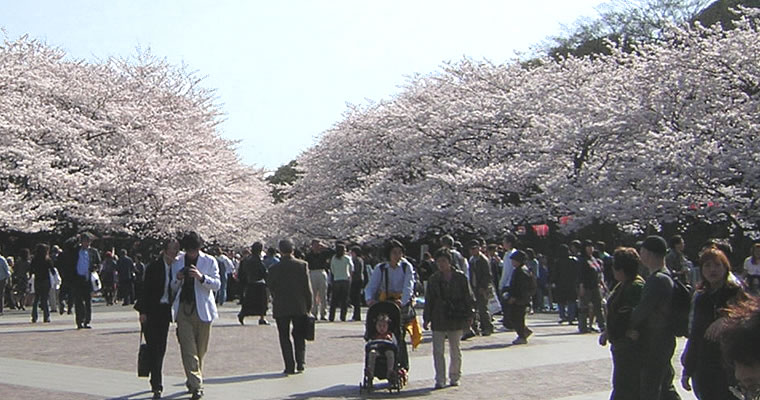Historic Neighbourhoods of Tokyo | Ueno
Outline
Ueno 上野 is located in a district in the north of central Tokyo, a historic area that began to flourish as a temple town in the early 17th century, the era the city of Tokyo was called Edo. The central location of the Ueno town used to be a vast temple site of Kaneiji, associated with the Tokugawa Shogun families. After the Edo Shogunate ended in the middle of the 19th century, the large part of the temple ground became a park, called the Ueno Onshi Koen or the Ueno Park. Along with the Ueno park, several cultural facilities opened successively, such as a zoo, museum, art school, library, and music hall, which has characterized Ueno as a hub of art and culture in the middle of the 20th century. Ueno also remains historic temples and shrines dotted around the park to this day, where people can experience both traditional and modern culture of Japan.
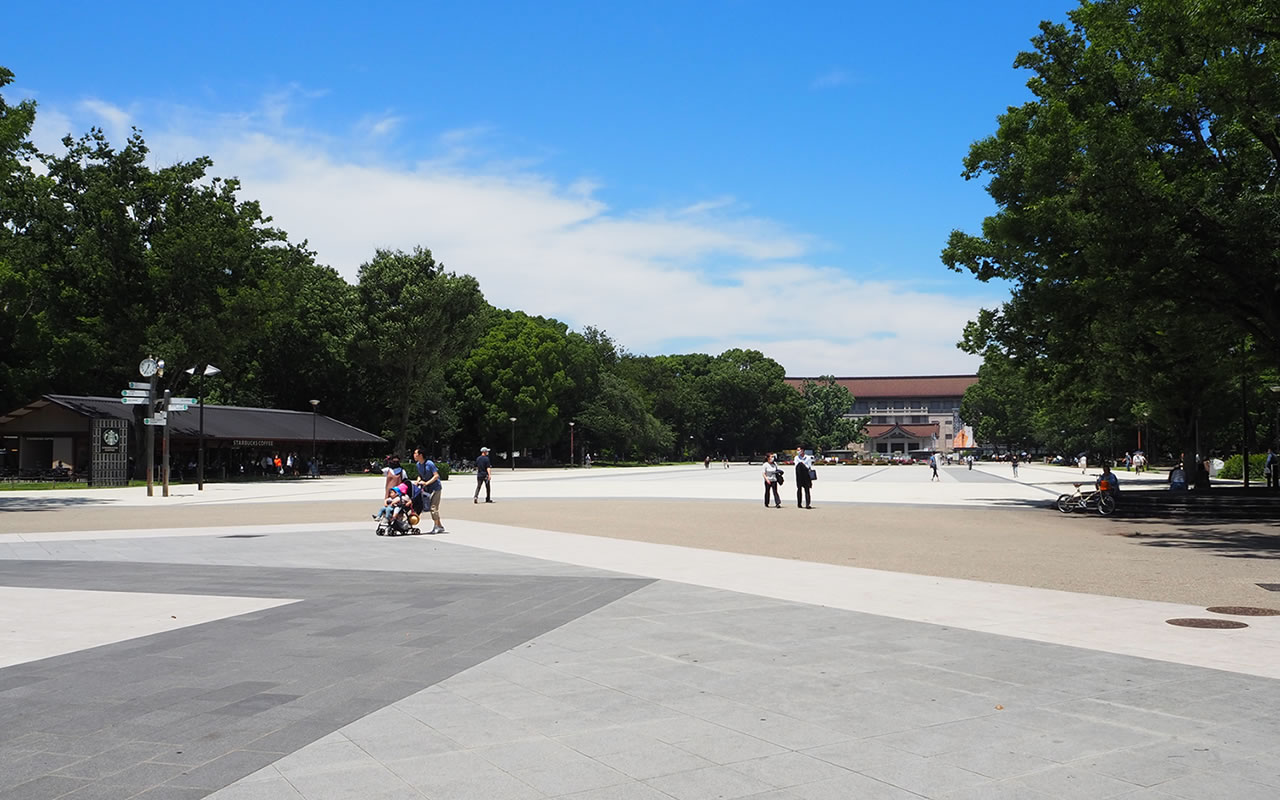
 Ueno Park (Takenodai Square)
Ueno Park (Takenodai Square)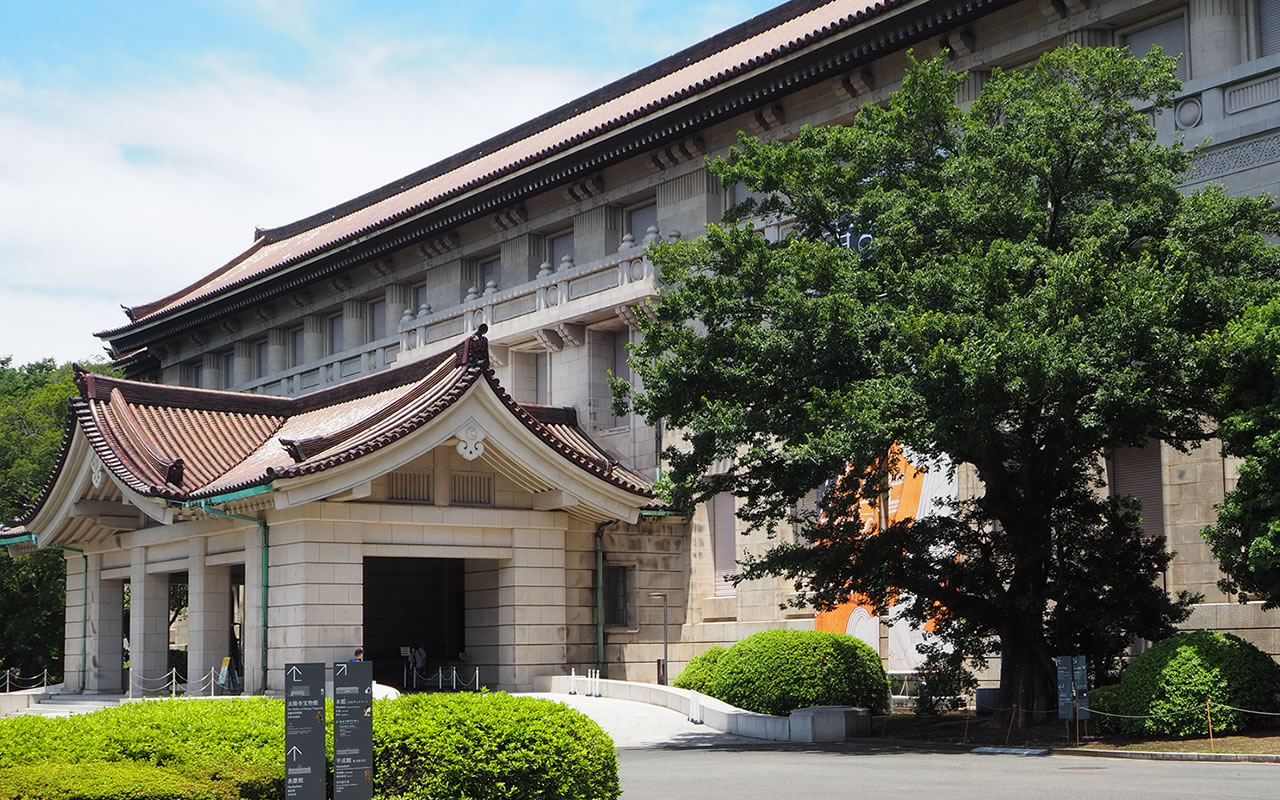 Tokyo National Museum
Tokyo National Museum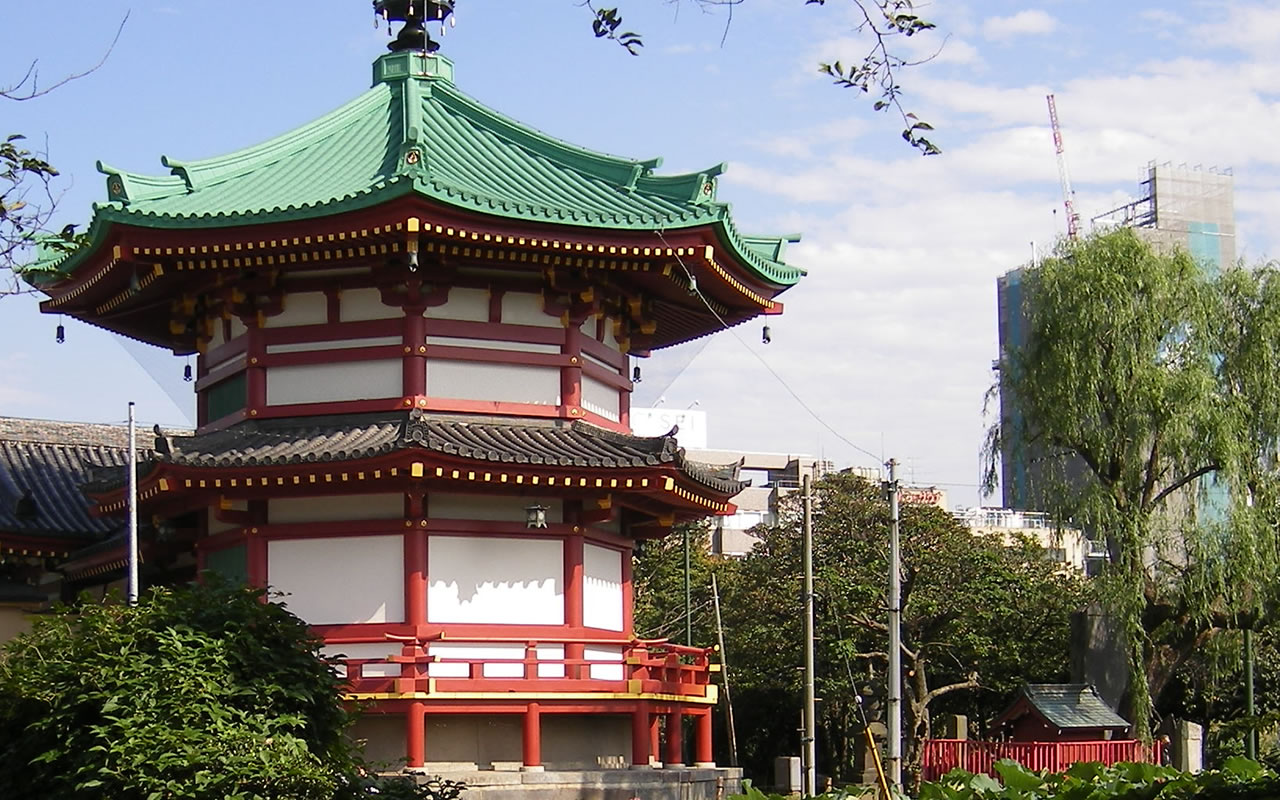 Bentendo Temple at Shinobazu Pond
Bentendo Temple at Shinobazu Pond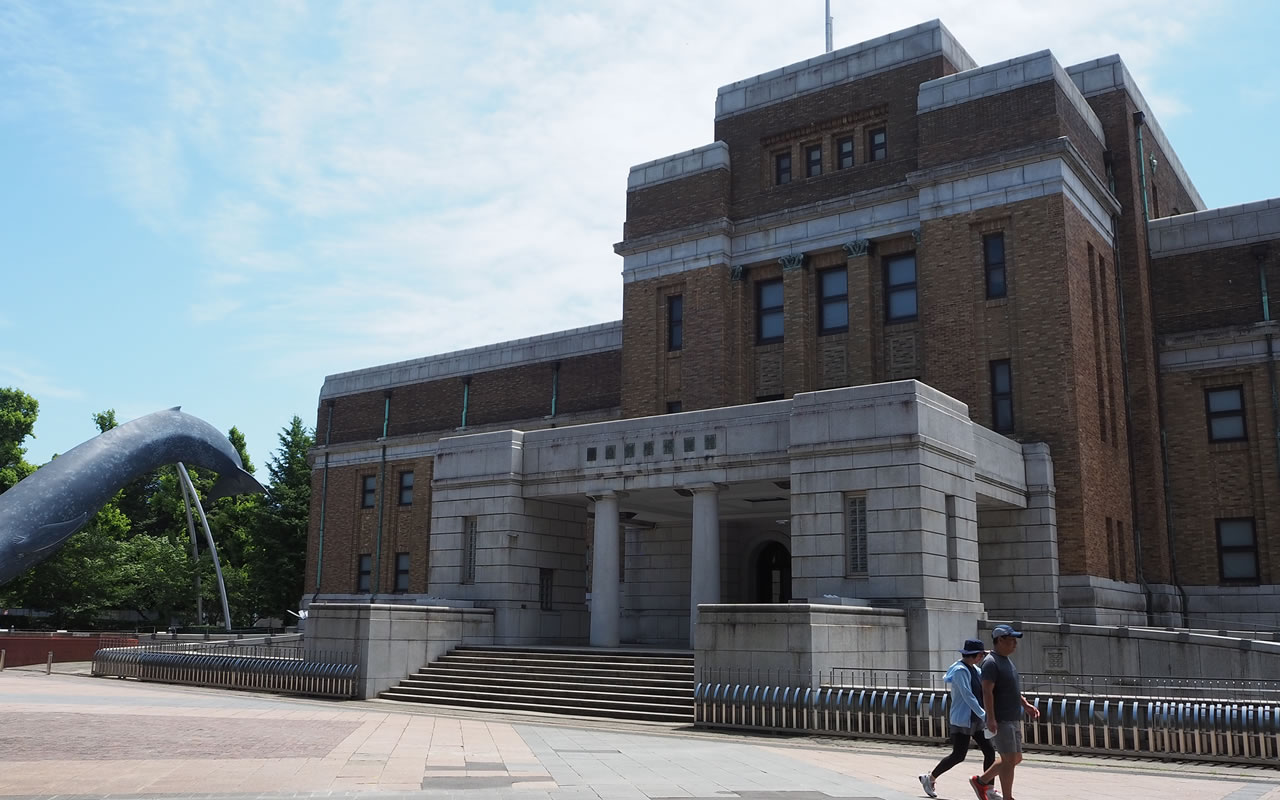 Tokyo National Science Museum
Tokyo National Science Museum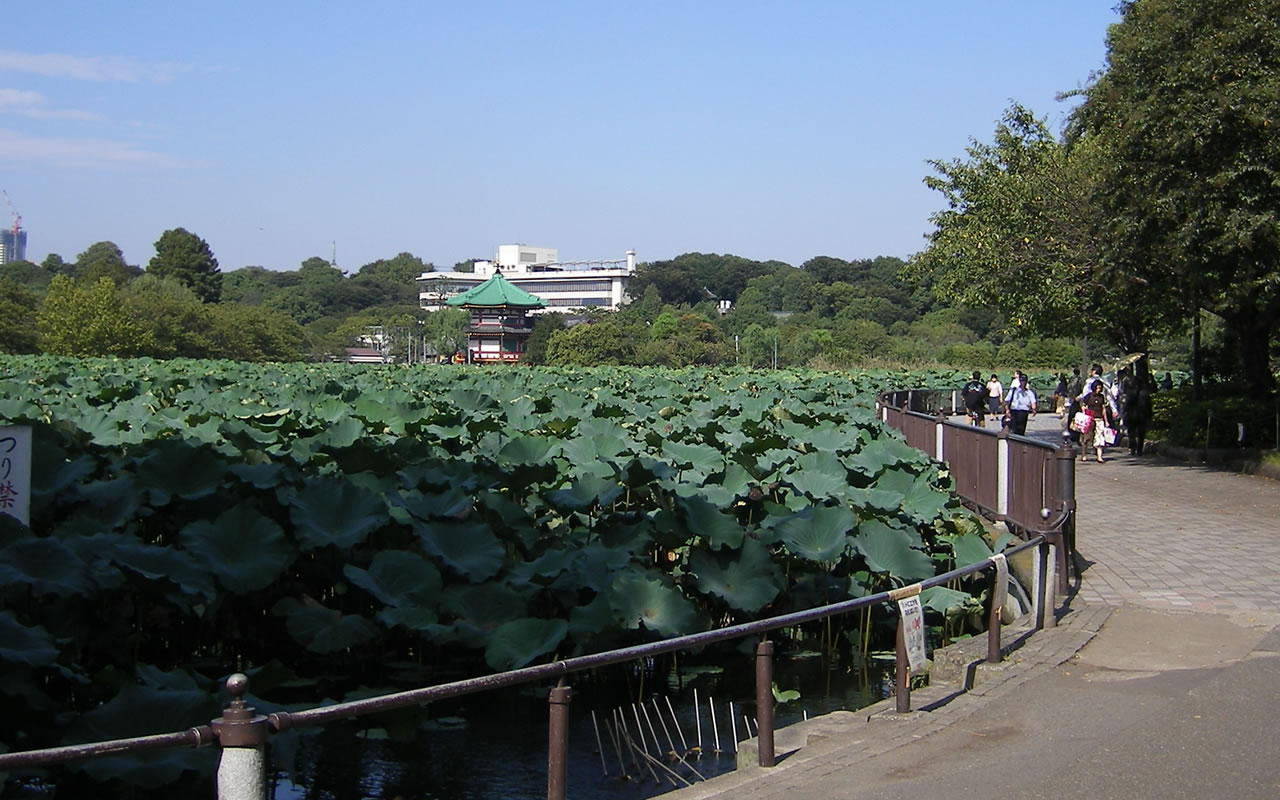 Shinobazu Lotus Pond
Shinobazu Lotus PondThe main gateway to the Ueno area is JR Ueno Station, one of Tokyo's largest stations. After the station's opening in 1883, many people from other regions, mostly from northern Japan, headed to the Ueno station and began their new life in Tokyo. Some of the people had settled near the Ueno station, where they developed shopping/entertainment districts. Subsequently, Ueno town has been featured with two different areas, the tranquil park on the upper hill reachable from the northern Exit of Ueno Station (Koen-guchi Exit), and the lively shopping district in front of the southern exit of the station (Shinobazu Exit).
To this day, JR Ueno has been a hub station on the Shinkansen Line bound for northern regions, including Tohoku, Hokuriku, and Hokkaido regions. Also, another train service is available between Keisei Ueno Station and Narita International Airport. Having budget hotels near the station area, Ueno can be a place to stay for travelers coming from abroad.
Ueno Attractions - Part 1
Ueno Attractions - Part 2
Ueno Attractions - Ueno Zoo
Ueno Park Map
If you like a lovely old town in Tokyo, you can drop in Yanaka next to Ueno. It is also reachable from Nippori Station to Ueno Park by walking through Yanaka Cemetery that takes about 20 min.
Historic Neighbourhoods of Tokyo | Yanaka
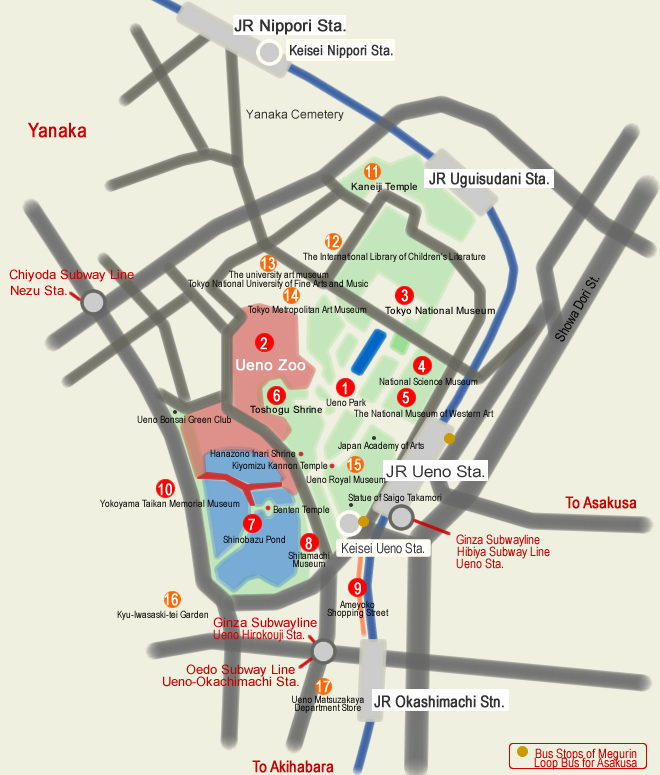
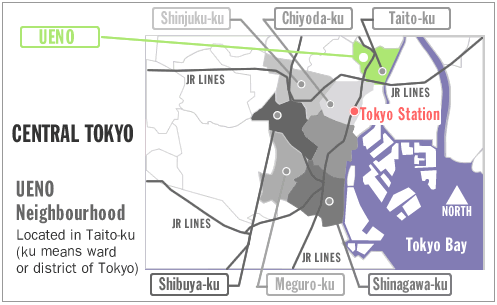
From Narita International Airport to Ueno by train.
By Keisei Line, you can go directly to the Keisei Ueno Station from Narita Airport Station. (Approx. 70 min.) Keisei Ueno Station is next to the JR Ueno Station.
Using the Keisei line, there are 2 trains available; the Skyliner and the other is called Express. Skyliner is faster than Express, but the fare is about 1000 JPY ($10 US) higher than Express. It takes about 60 minutes from Narita to Nippori.
The Keisei Express (Tokkyu) is one of the cheapest ways to go to central Tokyo from Narita Airport. It takes about 1 hour and 15 minutes from Narita Airport to Nippori Station. However, it is crowded during rush hours in the morning and at night, as it is a commuter train.
From JR Tokyo Station to JR Ueno Station by train.
By JR Yamanote Line, it takes approximately 8 minutes
From JR Shibuya Station to JR Ueno Station by train.
By JR Yamanote Line, it takes about 30 minutes
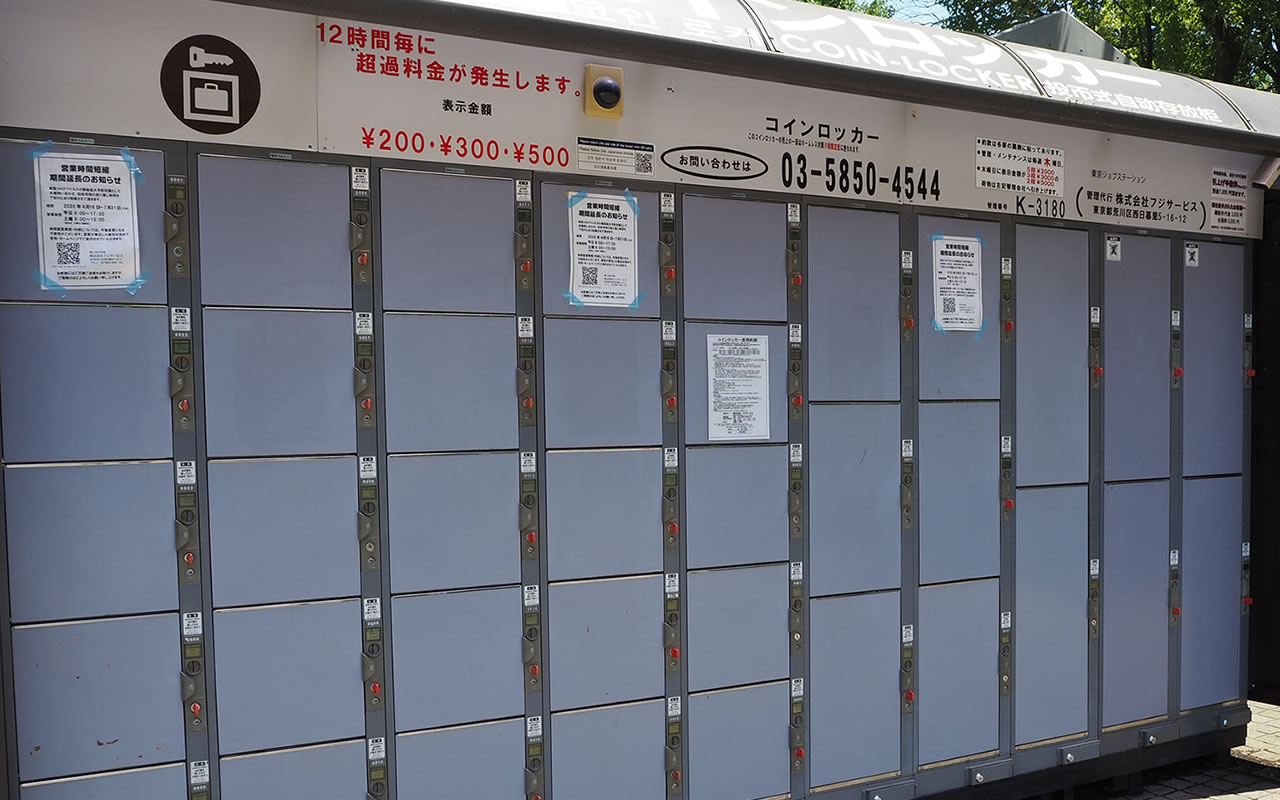
Coin-operated lockers are available in Ueno Park.
Google Maps https://goo.gl/maps/aZLi4Q2ruVrnxLEPA
The location of Ueno is also perfect for doing a short trip in Tokyo. From JR Ueno Station (Shinobazu Exit), you can go Akihabara Electric city by a 20-min walk. It is only 2 station ride by Yamanote Line from Ueno to Akihabara. Asakusa, one of the most popular tourist spots in Tokyo, is 30-min walk from JR Ueno Station (Central exit). To Asakusa, there are 2 options for transportation. One is to take Ginza Subway Line (1 station ride), the other is to take Route Bus "Megurin" that fare is only 100 Yen.
From Asakusa to Ueno
By Ginza Subway Line, it takes approximately 6 minutes.
* Loop Bus "Megurin ( https://www.city.taito.lg.jp/kenchiku/kotsu/megurin/index.html Japanese)
You can also take a loop bus called Megurin, that travels around the Asakusa and Ueno area. The fare is only 100 Yen for a ride, and it is convenient.
In Asakusa, there is a bus stop in front of the Kaminari-mon Gate (on the street across the way and near the tourist information center.)
In Ueno, there is a bus stop in front of the Ueno Park Exit of the JR Ueno Station. Please refer to the Ueno Map.
From Ueno to Akihabara
About 4 min. by JR Yamanote Line.
It is a 30 min. walk from Ueno to Akihabara, since you can reach Akihabara directly. A good way to enjoy more of Tokyo.
Train/Subway Lines available in Ueno, Okachimachi Area
JR Ueno Station
JR Yananote Line : Ikebukuro, Shibuya, Shinjuku Akihabara, Tokyo etc
Keisei Ueno Station
Keisei Express, Keisei Skyliner: Narita Airport
Ueno Subway Station
Ginza Subway Line: Asakuda, Nihonbashi, Ginza etc.
Hibiya Subway Line : Akihabara, Tsukiji, Roppongi etc
Ueno Hirokoji Subway Station
Ginza Subway Line: Asakuda, Nihonbashi, Ginza etc.
Ueno-Okachimachi Subway station
Oedo Subway Line : Kuramae,Tsukijishijo, Shiodome

